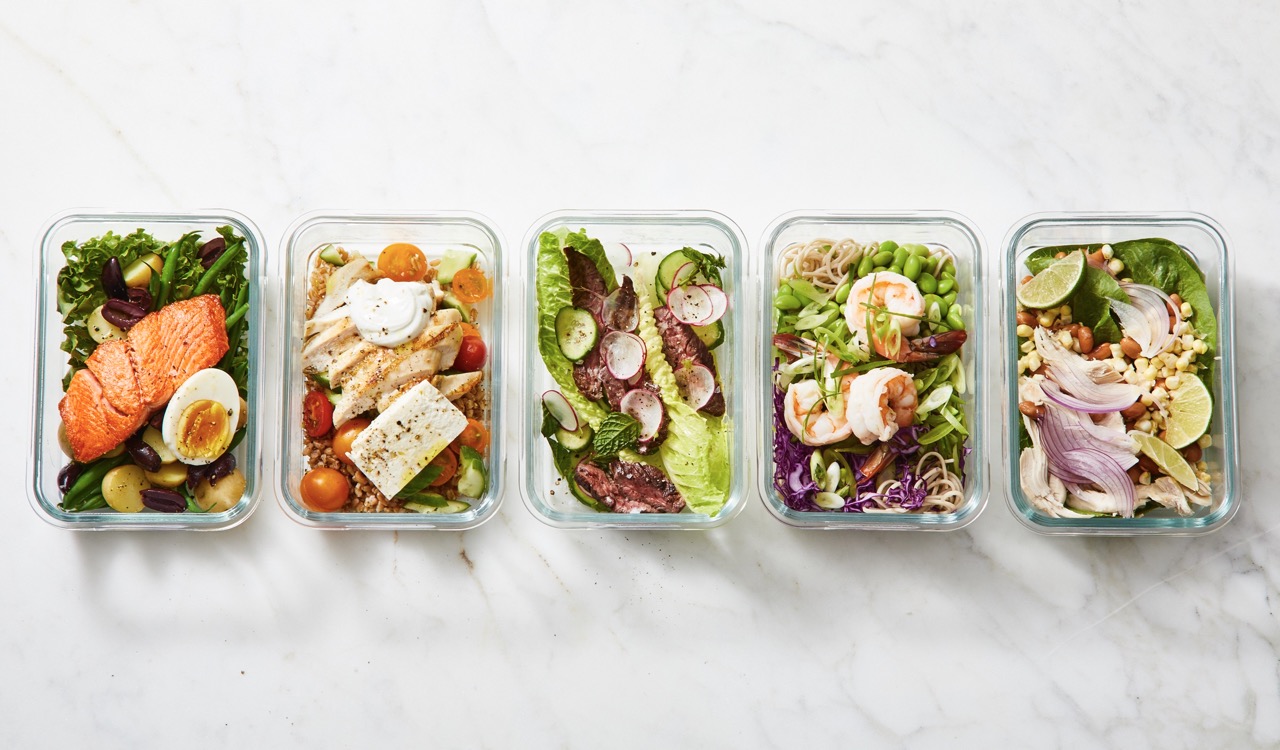

Articles
How To Store Meal Prep Food
Modified: February 27, 2024
Learn all the tips and tricks for storing meal prep food in this comprehensive guide. Find out how to keep your meals fresh and delicious for longer.
(Many of the links in this article redirect to a specific reviewed product. Your purchase of these products through affiliate links helps to generate commission for Storables.com, at no extra cost. Learn more)
Introduction
Meal prepping, the act of planning and preparing meals in advance, has become increasingly popular in recent years. It offers numerous benefits, including saving time, money, and promoting healthier eating habits. Whether you have a busy schedule, want to maintain a balanced diet, or simply enjoy having delicious meals readily available, meal prepping can be a game-changer.
In this article, we will explore the benefits of meal prepping, discuss how to choose the right containers for storing your meals, provide tips on prepping and cooking techniques, cover proper storage guidelines, and provide helpful ideas and recipes to inspire your meal prep journey.
With the right approach and a little bit of planning, you can transform your kitchen into a well-oiled meal prepping machine, ensuring that you always have a variety of nutritious meals at your fingertips. So, let’s dive in and discover the world of meal prepping!
Key Takeaways:
- Meal prepping offers time, money, and stress savings, promotes healthier eating habits, and increases meal variety. Choosing the right containers, efficient prepping techniques, and proper storage are essential for a successful meal prep journey.
- Managing expiry dates, reheating with care, and serving with fresh sides are crucial for enjoying delicious prepped meals. Get inspired with protein-packed salads, sheet pan dinners, and other creative recipes to elevate your meal prep experience.
Read more: How To Make Freezer Meals
Benefits of Meal Prepping
Meal prepping offers a multitude of advantages that can positively impact your daily life and overall well-being. Here are some key benefits of incorporating meal prepping into your routine:
- Saves Time: One of the biggest advantages of meal prepping is the time saved in the kitchen. By dedicating a few hours on a specific day to prepare meals for the week, you can avoid spending valuable time cooking every single day. This is especially beneficial for individuals with busy schedules or those who simply prefer to minimize time spent in the kitchen.
- Saves Money: Meal prepping can also help you save money. When you plan and prepare your meals in advance, you can make a grocery list based on the ingredients you need, minimizing food waste and impulse buys. Additionally, cooking in bulk often allows you to take advantage of bulk discounts and sales.
- Promotes Healthier Eating Habits: Another significant benefit of meal prepping is the ability to control the ingredients and portion sizes of your meals. By being intentional about what you include in your prepped meals, you can ensure that they are nutritious and balanced. This can help you avoid unhealthy takeout options or mindless snacking, making it easier to maintain a healthy diet.
- Reduces Stress: Meal prepping can significantly reduce the stress associated with daily meal planning and decision-making. When your meals are already prepared and ready to go, you can enjoy a sense of relief and focus on other important tasks without worrying about what to cook for your next meal.
- Increases Variety: With meal prepping, you have the opportunity to experiment with different recipes and ingredients. You can incorporate a variety of flavors, cuisines, and nutrients into your meals, keeping your taste buds satisfied and preventing food boredom.
By incorporating meal prepping into your routine, you can experience these benefits and more. It’s a practical and efficient way to take control of your nutrition and simplify your daily mealtime experience.
Choosing the Right Containers
When it comes to meal prepping, choosing the right containers is crucial. The containers you use should be durable, leak-proof, easy to clean, and practical for both storing and reheating your meals. Here are some factors to consider when selecting the perfect meal prep containers:
- Material: Opt for containers that are made of food-safe materials, such as BPA-free plastic, glass, or stainless steel. Glass containers are a popular choice as they are non-toxic, microwave-safe, and do not absorb odors like plastic. Stainless steel containers can be an excellent option for those who want durability and portability.
- Size and Shape: Consider the portion sizes of your meals and choose containers that can accommodate them. Look for containers with different sizes or compartments, allowing you to portion out your main dish, sides, and snacks. Additionally, rectangular or square-shaped containers are often more space-efficient and easier to stack in the fridge or freezer.
- Leak-Proof Design: To prevent any unfortunate spills or leaks, opt for containers with airtight and leak-proof lids. This is particularly important if you plan to transport your prepped meals or store them in your bag while on the go.
- Stackability: Look for containers that are stackable to maximize storage space in your fridge or freezer. This will help keep your meals organized and prevent them from taking up unnecessary space.
- Easy to Clean: Consider how easy the containers are to clean. Look for dishwasher-safe options, or containers that can be easily washed by hand. Additionally, containers that are stain-resistant can help maintain their appearance over time.
- Reusable and Sustainable: Opt for reusable containers to reduce waste and embrace sustainability. Choose containers made from eco-friendly materials that can withstand repeated uses, ensuring longevity and minimizing your environmental impact.
By choosing the right containers for your meal prepping needs, you can ensure that your meals are stored safely, easily transported, and remain fresh for longer periods. It’s worth investing in high-quality containers that suit your preferences and requirements, making your meal prep experience even more enjoyable and convenient.
Prepping and Cooking Techniques
Effective meal prepping involves efficient prepping and cooking techniques that allow you to make the most of your time and ingredients. Here are some tips to help you streamline your meal prep process:
- Plan Your Meals: Start by planning your meals for the week ahead. Take into account your dietary preferences, nutritional goals, and any upcoming events. This will help you create a shopping list and ensure you have all the necessary ingredients on hand.
- Batch Cooking: Consider batch cooking, where you cook a large quantity of a particular dish and portion it out into individual servings. This is especially useful for staple foods like grains, proteins, or roasted vegetables. You can then combine these components to create different meals throughout the week.
- Cut and Chop in Bulk: Save time by cutting and chopping ingredients in bulk. Slice vegetables, dice onions, cube meats, or prepare salad greens in advance. Store them in airtight containers or zip-top bags so they’re ready to use when you need them.
- Use Time-Saving Appliances: Utilize time-saving appliances such as slow cookers, instant pots, or pressure cookers. These devices allow you to cook multiple ingredients at once and require minimal monitoring. They can help tenderize tough cuts of meat or quickly cook grains and beans.
- Marinate in Advance: Plan ahead by marinating meats, tofu, or vegetables overnight. This enhances the flavors and reduces the prep time when it comes to cooking. Simply transfer the marinated food to a container and store it in the refrigerator until you’re ready to cook.
- Cook Extra Protein: Cook extra protein, such as chicken, fish, or tofu, that can be used in various dishes throughout the week. Season it with a versatile spice blend or keep it plain, so it can be easily incorporated into salads, wraps, stir-fries, or pasta dishes.
- Pre-Portion Snacks: Prepare snacks and portion them out in small containers or snack-sized zip-top bags. This makes it convenient to grab and go, whether you’re heading to work, school, or the gym. It also helps prevent overeating or mindless snacking.
By using these prepping and cooking techniques, you can efficiently prepare your meals, save time in the kitchen, and ensure that you have an array of ready-to-eat options throughout the week. Experiment with different techniques that work best for your needs and preferences, and enjoy the convenience of having delicious meals at your fingertips.
Proper Storage Guidelines
Proper storage is essential to maintain the freshness, taste, and safety of your prepped meals. Follow these guidelines to ensure your meals stay delicious and safe to eat:
- Cool Down Before Storing: Allow your cooked food to cool down to room temperature before storing in containers. Placing hot food directly into the refrigerator can raise the temperature inside, potentially compromising the quality and safety of other foods.
- Use Airtight Containers: Transfer your prepped meals into airtight containers to prevent air exposure, which can lead to food spoilage. This also helps maintain the flavor and texture of your meals. If using plastic containers, ensure they are labeled as microwave-safe for reheating.
- Refrigerate Promptly: Place your containers in the refrigerator within 2 hours of cooking. Keeping food within the safe temperature range (below 40°F or 4°C) slows down bacterial growth and extends its shelf life. If you live in a warm climate, or during hot summer months, it’s advisable to refrigerate within 1 hour.
- Label and Date: Label your containers with the name of the dish and the date it was prepared. This allows you to keep track of the freshness and helps avoid confusion when selecting which meals to consume first.
- Store in Portions: If possible, store your meals in individual portions. This makes it easier to grab a meal as needed without having to thaw or reheat the entire batch. It also helps minimize waste and allows for more flexible meal planning.
- Arrange Properly: Stack and arrange your containers properly in the refrigerator or freezer to maximize space and ensure proper air circulation. Keep raw meats or seafood on the bottom shelf to avoid cross-contamination with other foods.
- Freeze for Long-Term Storage: If you want to extend the storage life of your prepped meals, consider freezing them. Freezing helps preserve food quality and can keep meals safe for several months. Use freezer-safe containers or wrap your meals tightly in freezer-safe bags or aluminum foil to prevent freezer burn.
By following these storage guidelines, you can maintain the freshness, quality, and safety of your meal prepped dishes. Remember to always use your best judgment and discard any meals that show signs of spoilage or have been stored for an extended period beyond recommended guidelines. Enjoy your prepped meals with confidence!
When storing meal prep food, use airtight containers to maintain freshness and prevent spoilage. Additionally, label containers with the date to keep track of freshness.
Read more: How To Store Shredded Chicken
Keeping Track of Expiry Dates
When it comes to meal prepping, it’s important to keep track of expiry dates to ensure that your meals are consumed while still fresh and safe. Here are some tips to help you effectively manage expiry dates:
- Date and Label Containers: As mentioned earlier, make it a habit to label your meal prep containers with the date they were prepared. This will allow you to easily identify how long the meals have been stored and help you prioritize what needs to be consumed first.
- Use the First-In, First-Out (FIFO) Method: When organizing your fridge or freezer, arrange your meal prep containers in a way that allows you to use the oldest ones first. This helps avoid having meals sit for too long and ensures that nothing goes to waste.
- Keep an Inventory: Maintain an inventory of the meals you have in your fridge or freezer. This can be as simple as a list or a digital note on your phone. Update it regularly to keep track of what needs to be eaten soon and what can be saved for later.
- Rotate Regularly: Take a few moments each week to assess your inventory and plan meals based on the items that are closest to their expiry date. Incorporate these into your meal plan to avoid any potential food waste.
- Plan for Leftover Ingredients: If you have leftover ingredients from your meal prep, plan additional meals or snacks to utilize them before they expire. This helps minimize food waste and allows you to enjoy the maximum benefits from your groceries.
- Check for Signs of Spoilage: Regularly inspect your meal prep containers for any signs of spoilage, such as off smells, odd flavors, or visible mold. If you notice any of these indicators, it’s best to discard the meal immediately, even if it hasn’t reached its labelled expiry date.
- Don’t Keep Meals Too Long: While meal prepping allows you to extend the shelf life of your meals, it’s important to understand that all foods have a defined period of freshness. Check recommended storage guidelines for specific ingredients and make sure to consume meals within the recommended timeframes.
By implementing these practices, you can effectively manage and keep track of expiry dates, reducing food waste and ensuring that your meal prepped dishes are consumed at their best. Stay organized, stay mindful of the shelf life of your ingredients, and enjoy the convenience and peace of mind that proper expiry date management brings.
Reheating and Serving Tips
Properly reheating your meal prepped dishes is essential to preserve their flavor, texture, and overall appeal. Here are some tips to help you reheat and serve your meals with perfection:
- Reheating Methods: Depending on the nature of the dish, there are various reheating methods you can choose from. The most common methods include using the microwave, oven, stovetop, or even a slow cooker. Follow the specific instructions for each dish to ensure optimal reheating results.
- Reheat in Portions: Whenever possible, only reheat the portion of the meal that you plan to consume. This helps maintain the quality of the remaining portions and avoids unnecessary reheating cycles which can dry out the food.
- Use Low Heat and Add Moisture: When reheating in the microwave or oven, use lower heat settings and add a splash of water or broth to help retain moisture. This prevents the food from drying out and keeps it tender and flavorful.
- Stir or Flip: For dishes that can be reheated on the stovetop or in a pan, remember to stir or flip the food occasionally to ensure even heating throughout. This helps prevent any cold spots and ensures that the meal is heated evenly.
- Check Internal Temperature: It’s important to use a food thermometer to check the internal temperature of reheated meals, particularly for dishes that contain meat or seafood. Make sure they reach a safe internal temperature of 165°F (74°C) to ensure food safety.
- Freshen Up Garnishes: Some meal prepped dishes may have garnishes or toppings that are best added fresh. Consider keeping separate containers or bags for these garnishes and add them just before serving to maintain their crispness and visual appeal.
- Serve with Fresh Sides: Enhance the freshness and variety of your meal by serving your reheated dishes with fresh sides, such as a side salad, steamed vegetables, or a slice of fresh bread. This adds a touch of vibrant flavors and textures to your meal.
With these reheating and serving tips, you can ensure that your meal prepped dishes are served at their best – delicious, flavorful, and satisfying. Feel free to experiment with different methods and techniques to find the approach that works best for each dish, and enjoy the convenience and taste of your prepped meals!
Meal Prep Ideas and Recipes
Looking for some inspiration for your meal prep? Here are a few meal prep ideas and recipes to kick-start your culinary creativity:
- Protein-Packed Quinoa Salad: Cook a batch of quinoa and combine it with your choice of vegetables like cherry tomatoes, cucumber, bell peppers, and fresh herbs. Add in some cooked diced chicken or chickpeas for added protein. Drizzle with a lemon vinaigrette and divide into individual portions for a filling and nutritious lunch option.
- Sheet Pan Roasted Vegetables and Protein: Choose a variety of colorful vegetables like sweet potatoes, broccoli, cauliflower, and bell peppers. Toss them in olive oil, season with your favorite spices, and roast them along with your choice of protein such as chicken breast or tofu. Divide into meal prep containers and serve with a side of quinoa or brown rice.
- Mason Jar Overnight Oats: Prepare individual servings of overnight oats by layering rolled oats, almond milk, your favorite fruits, and a dollop of nut butter in mason jars. Refrigerate them overnight and grab them on busy mornings for a quick and nutritious breakfast on the go.
- Stir-Fry with Brown Rice: Stir-fries are perfect for meal prepping. Sauté a combination of your favorite vegetables and protein such as shrimp, tofu, or beef in a flavorful sauce. Serve over a bed of cooked brown rice and divide into containers for a delicious and balanced meal that can be quickly reheated.
- Veggie-Packed Egg Muffins: Whisk together eggs and a variety of chopped vegetables like spinach, bell peppers, onions, and cherry tomatoes. Pour the mixture into greased muffin tins and bake until set. These individual-sized egg muffins make a great protein-packed breakfast or snack option.
- Chicken and Vegetable Soup: Make a big batch of comforting chicken and vegetable soup by simmering chicken broth, diced chicken breast, and a medley of vegetables like carrots, celery, and peas. Season with herbs and spices of your choice and freeze individual portions for quick and nourishing lunches or dinners.
- Mexican Burrito Bowls: Prepare a hearty burrito bowl by layering cooked brown rice or quinoa with seasoned black beans, grilled chicken or tofu, corn kernels, diced tomatoes, avocado, and a sprinkle of shredded cheese. Store in containers for a flavorful meal that can be enjoyed at home or on the go.
Feel free to customize these ideas and recipes to suit your taste preferences and dietary needs. The key is to plan your meals, choose a variety of ingredients, and allocate time for prep and cooking. With a little creativity, you can create a week’s worth of delicious and healthy meals to enjoy at your convenience.
Conclusion
Meal prepping is a game-changer when it comes to taking control of your nutrition, saving time, and streamlining your daily meal routine. By planning and preparing meals in advance, you can enjoy the benefits of convenience, variety, and healthier eating habits.
We explored the benefits of meal prepping, including time and money savings, promoting healthier choices, and reducing stress. Choosing the right containers for storage is essential, ensuring durability, leak-proofing, and ease of cleaning. Prepping and cooking techniques like batch cooking, cutting in bulk, and using time-saving appliances help maximize efficiency in the kitchen.
Proper storage guidelines are crucial to maintain the quality and safety of your meals. Keeping track of expiry dates, rotating your inventory, and avoiding unnecessary food waste are important habits to develop. When it comes to reheating and serving, using the appropriate methods, considering portion sizes, and adding fresh sides enhance the enjoyment of your prepped meals.
Lastly, we provided meal prep ideas and recipes to inspire your culinary journey. From protein-packed salads to sheet pan dinners, overnight oats to egg muffins, there is a wide range of options to suit your preferences and dietary needs.
Incorporating meal prepping into your routine requires some planning and organization, but the benefits are well worth the effort. Not only will you save time, money, and stress, but you’ll also have delicious and nutritious meals readily available to fuel your day.
So, why not give meal prepping a try? With a little preparation and creativity, you can transform your kitchen into a meal prepping haven and enjoy the convenience and health benefits it brings. Here’s to happier, healthier, and more efficient meal times!
Frequently Asked Questions about How To Store Meal Prep Food
Was this page helpful?
At Storables.com, we guarantee accurate and reliable information. Our content, validated by Expert Board Contributors, is crafted following stringent Editorial Policies. We're committed to providing you with well-researched, expert-backed insights for all your informational needs.
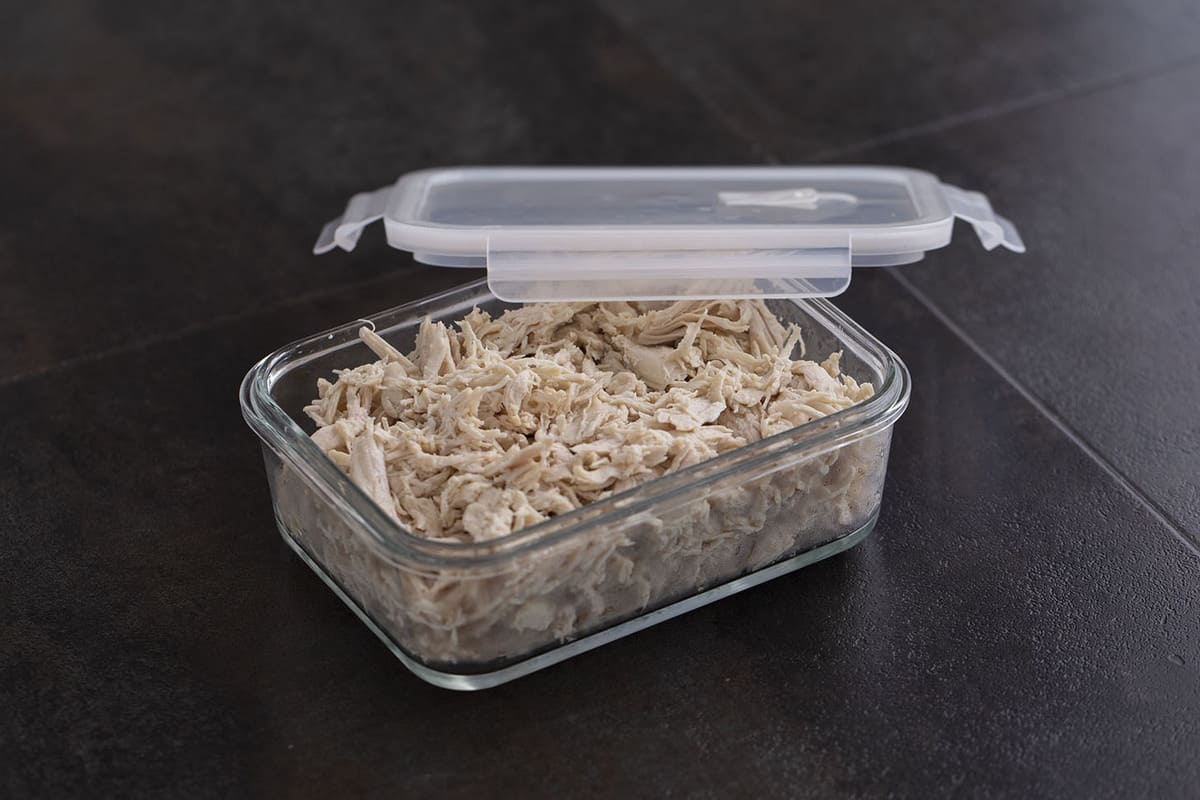
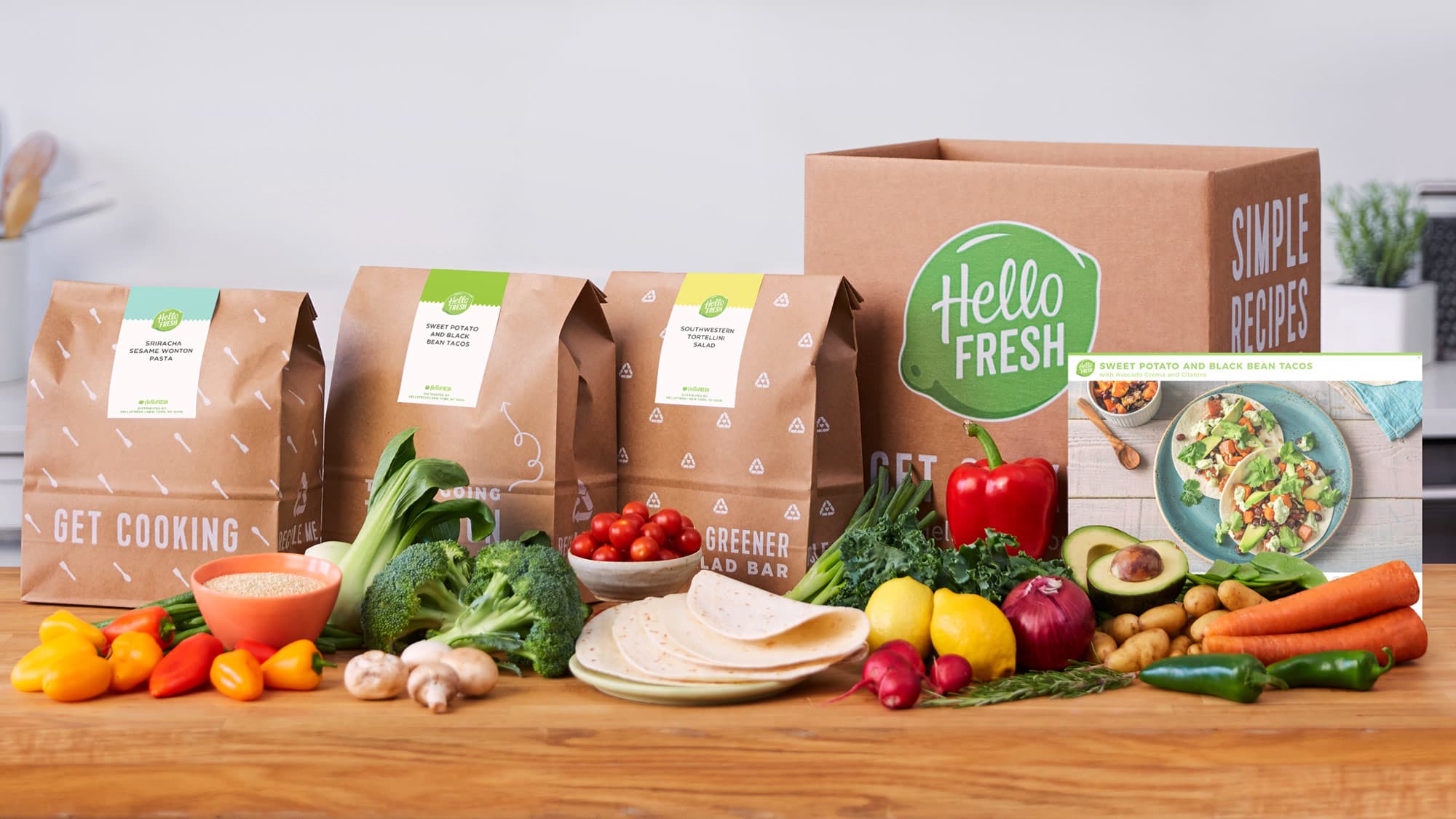
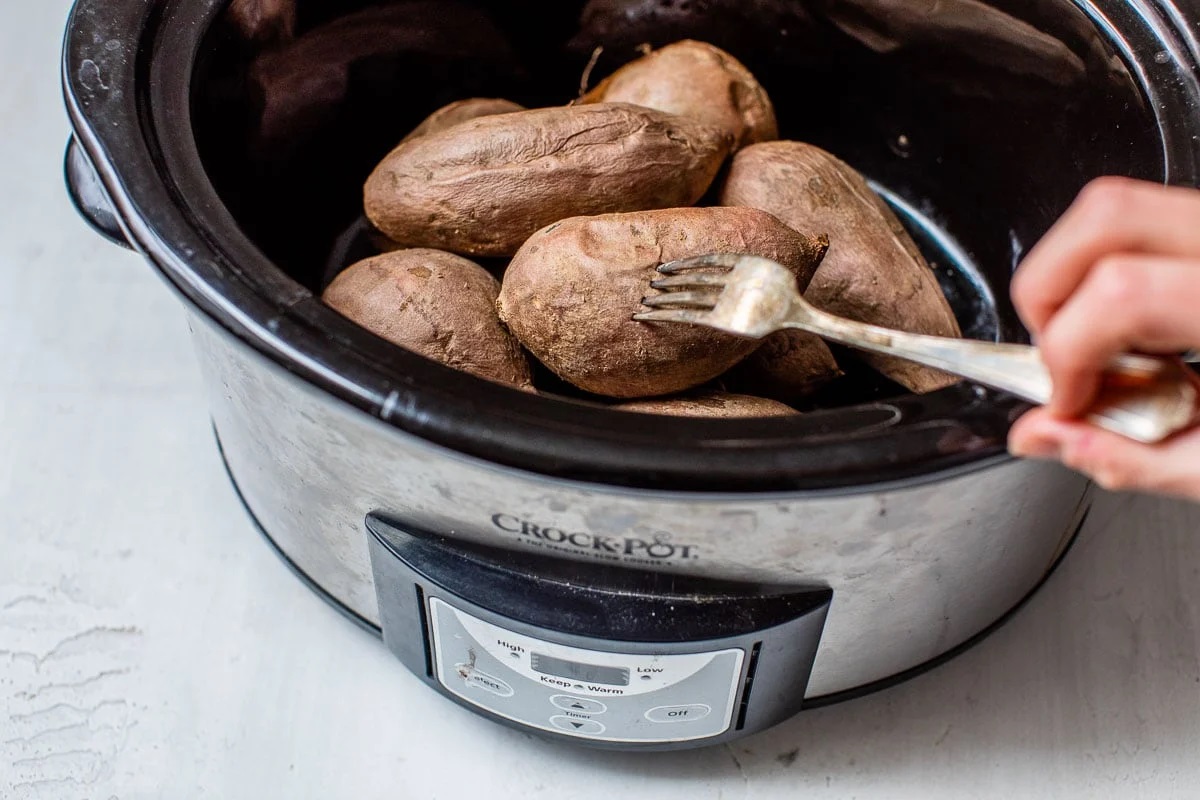
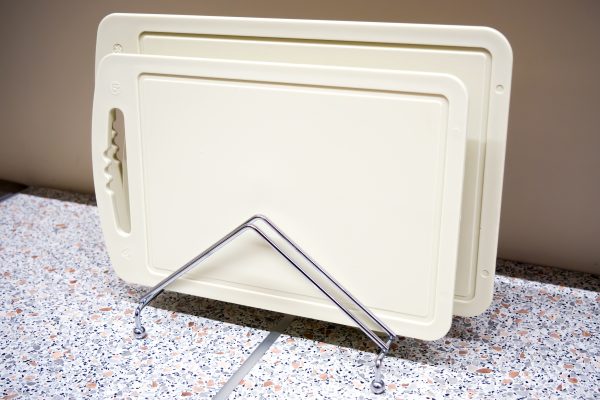
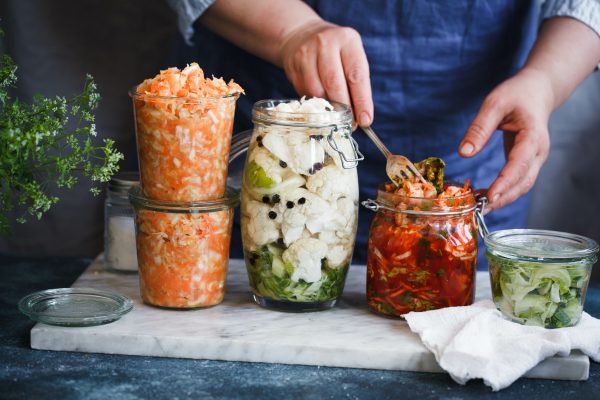
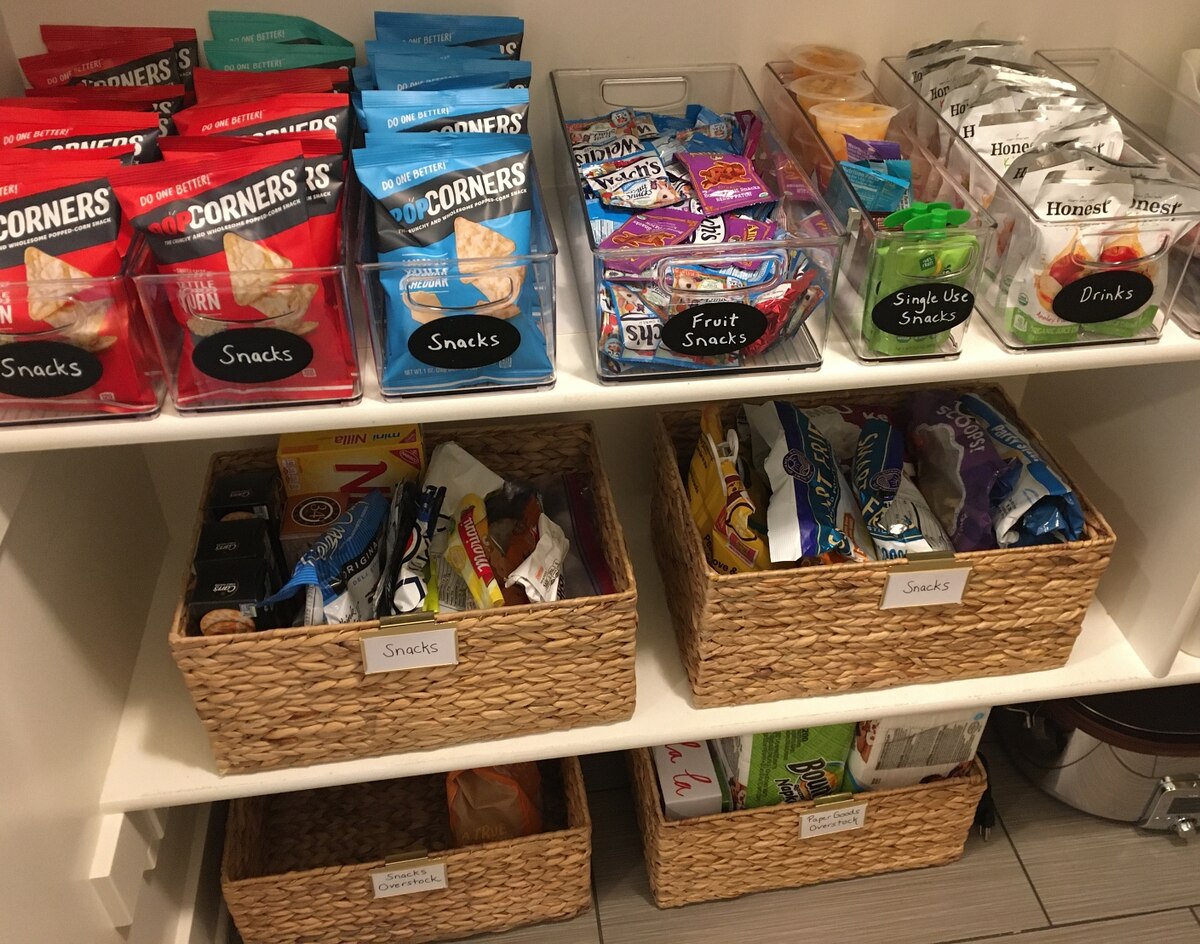
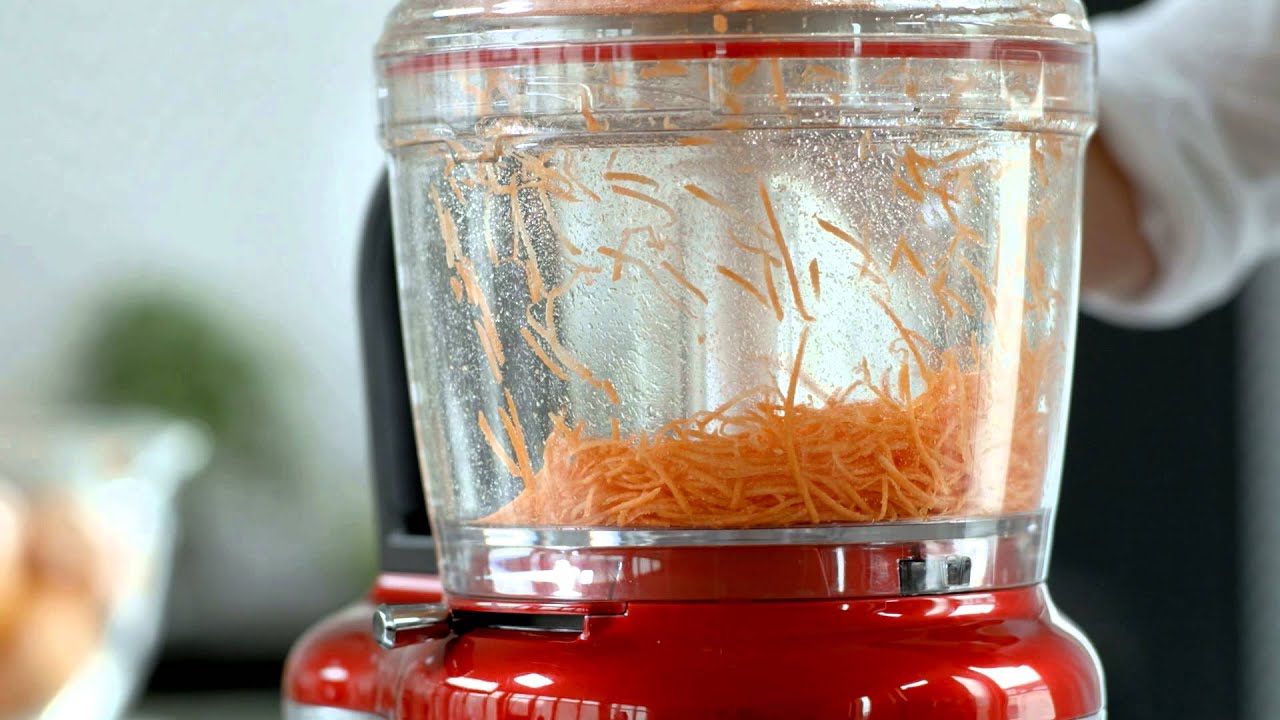
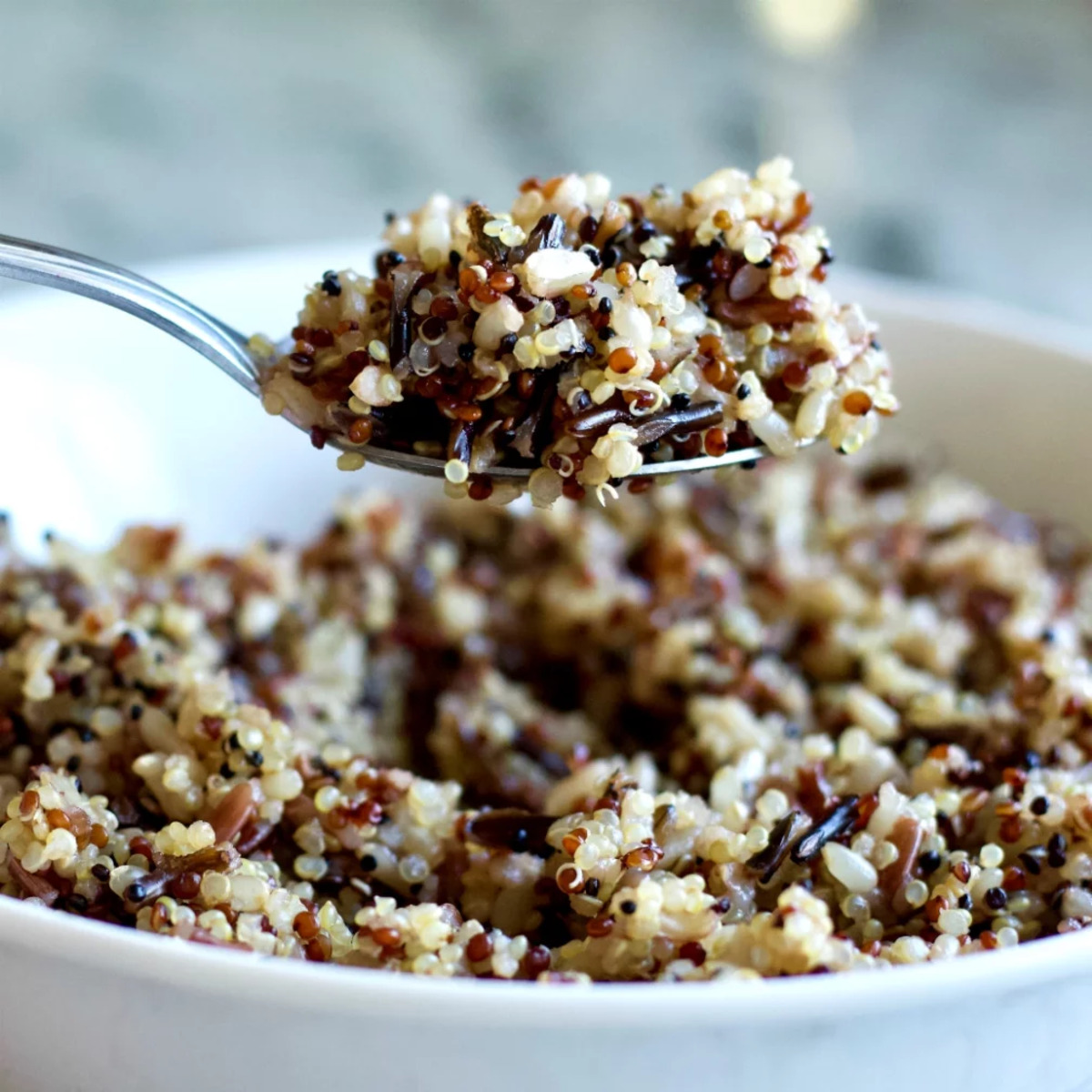
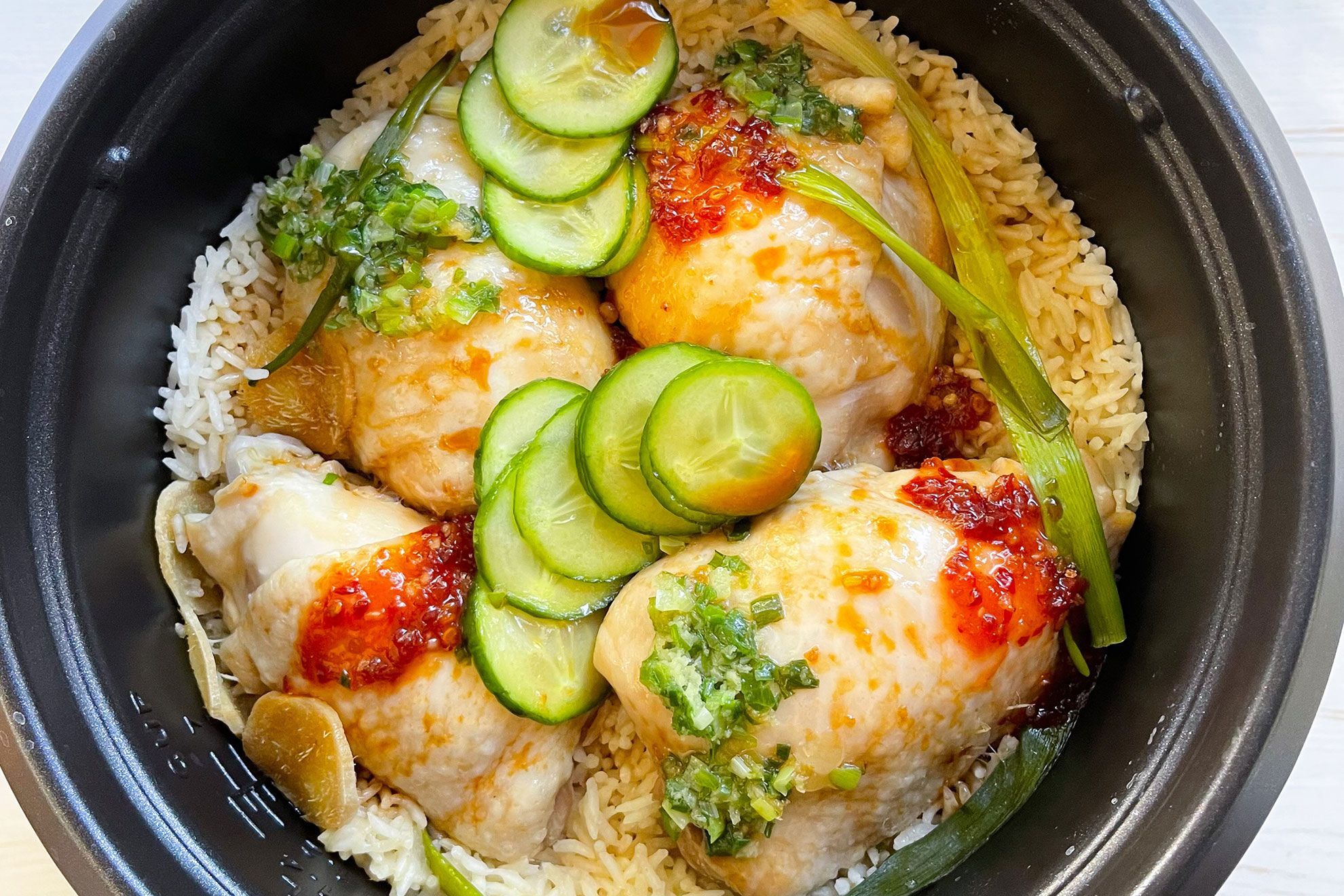
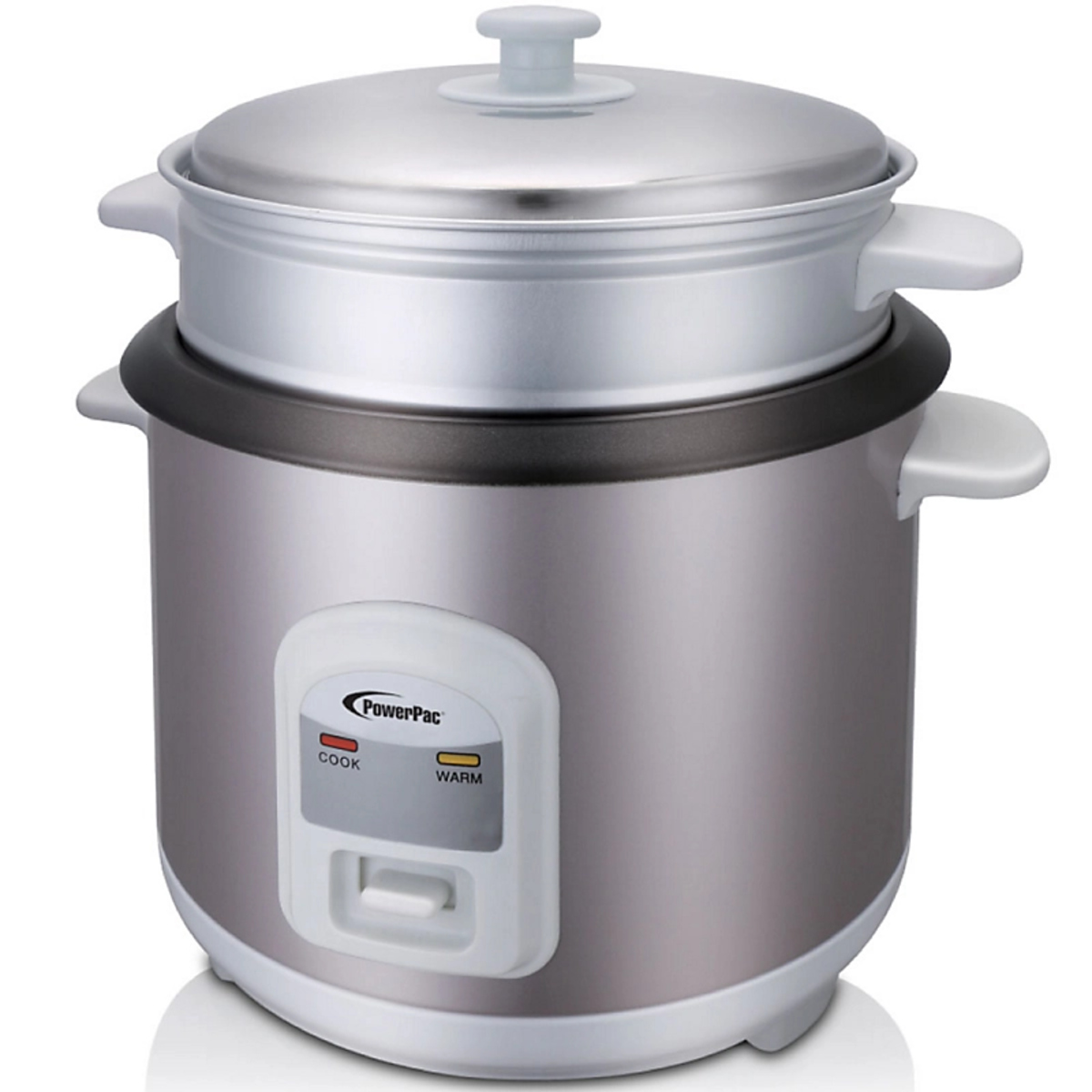
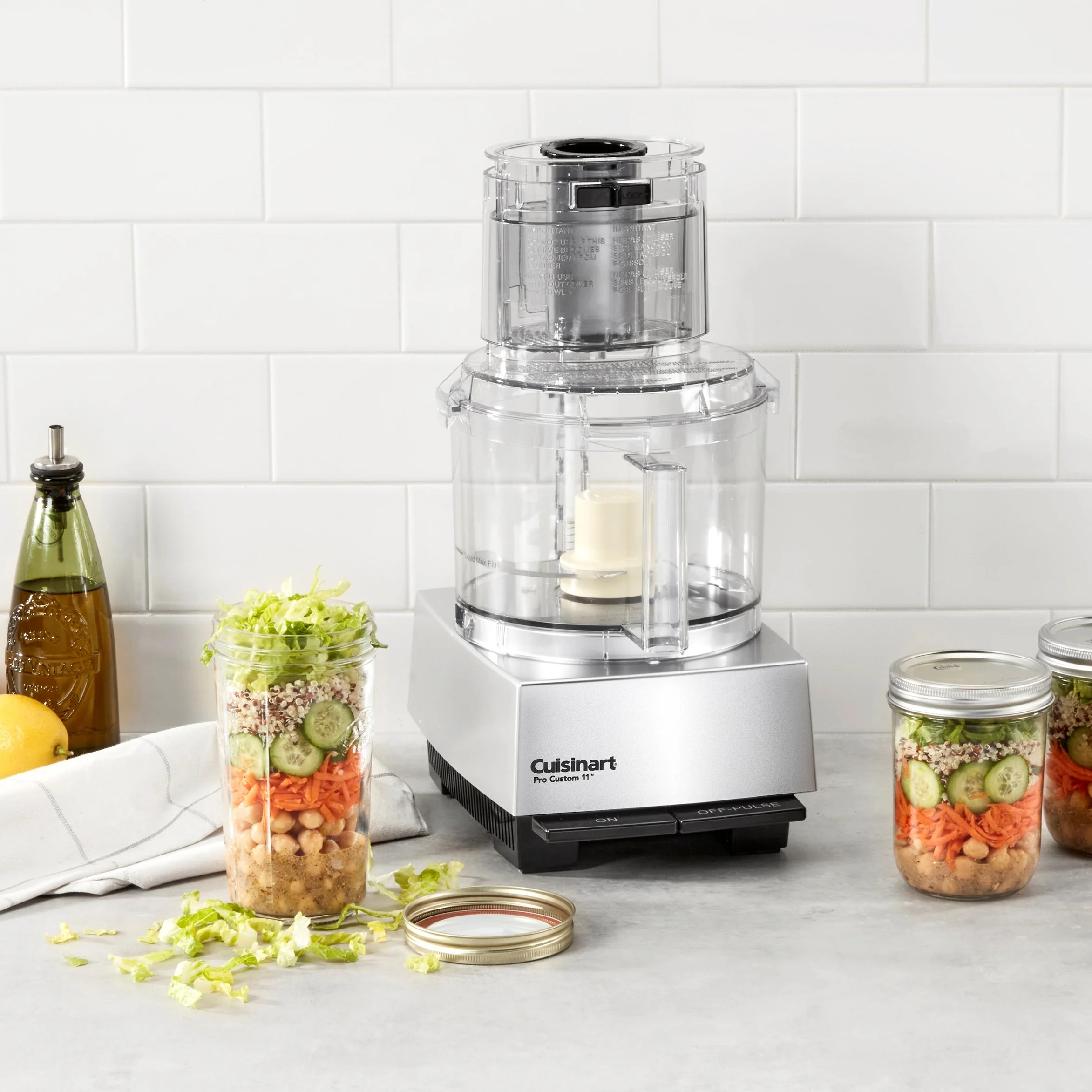
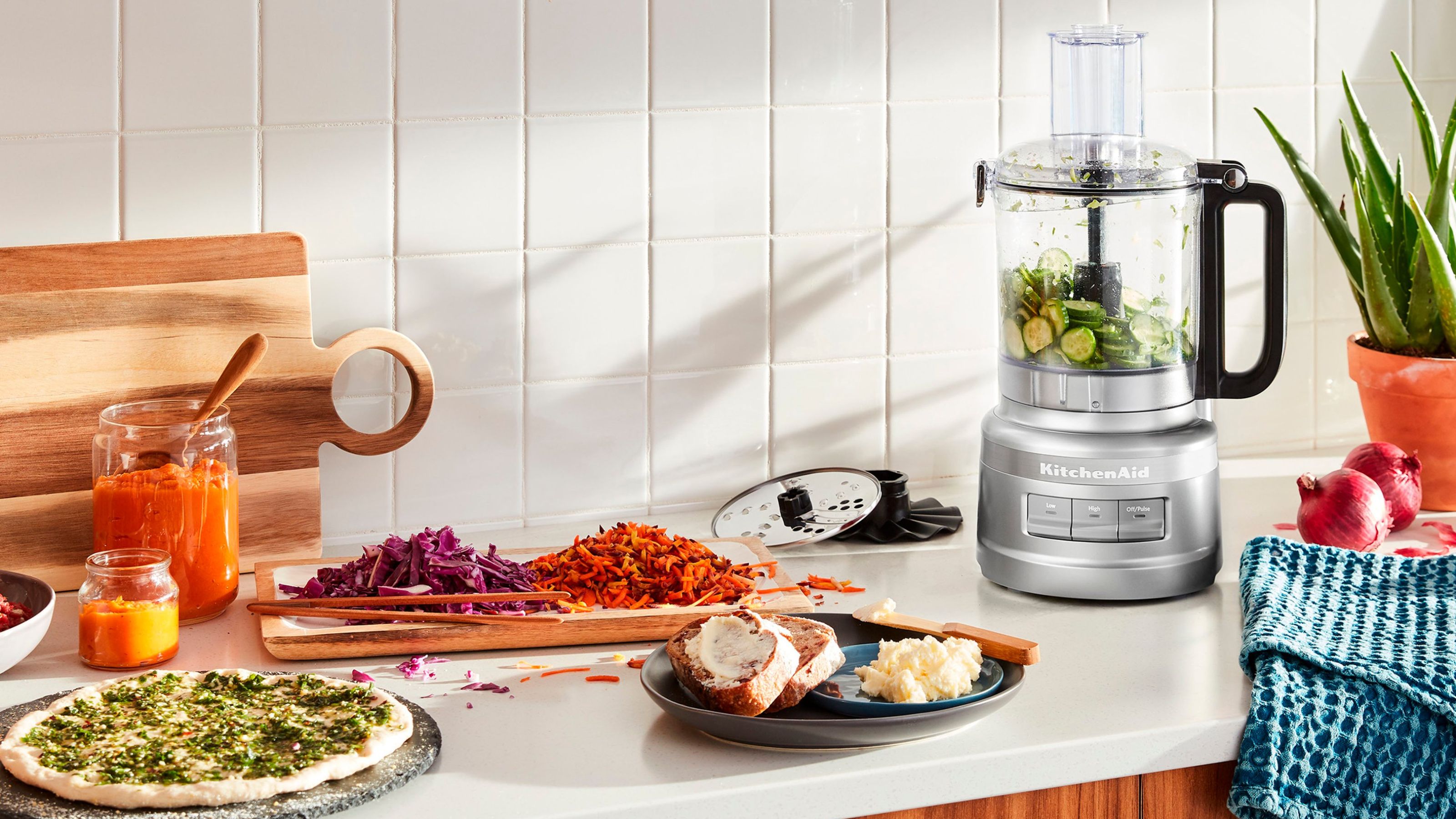
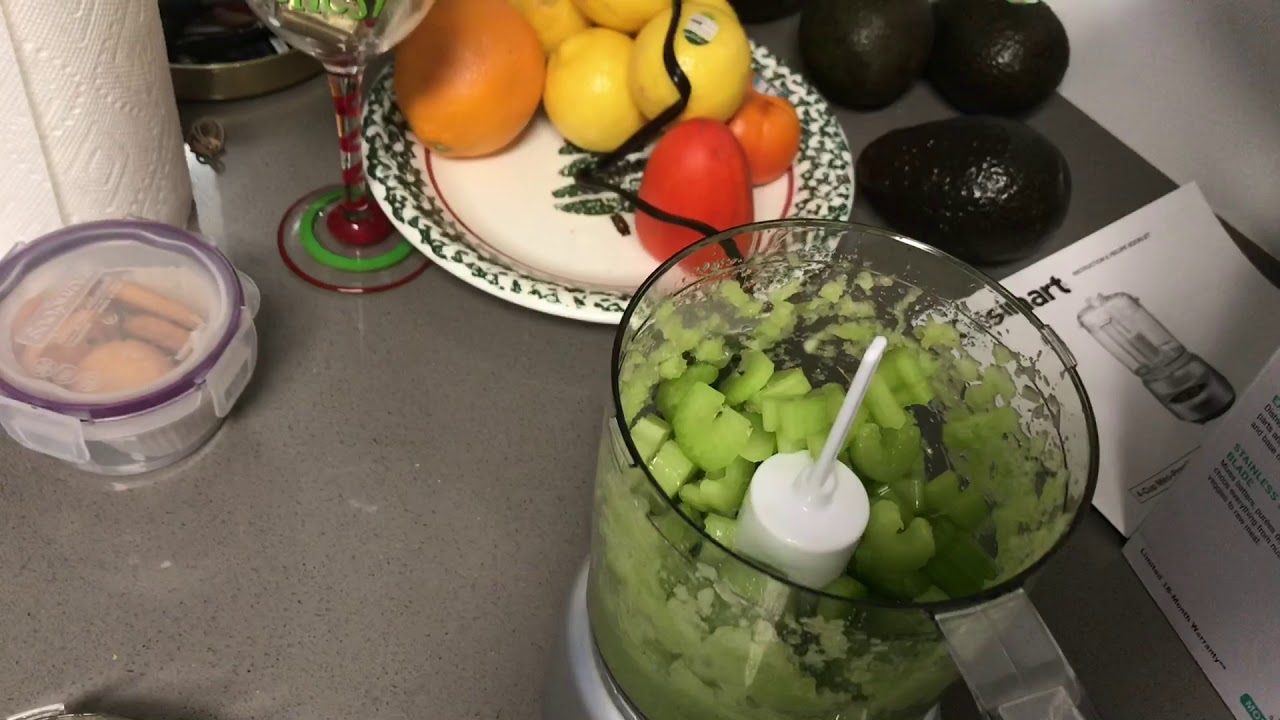
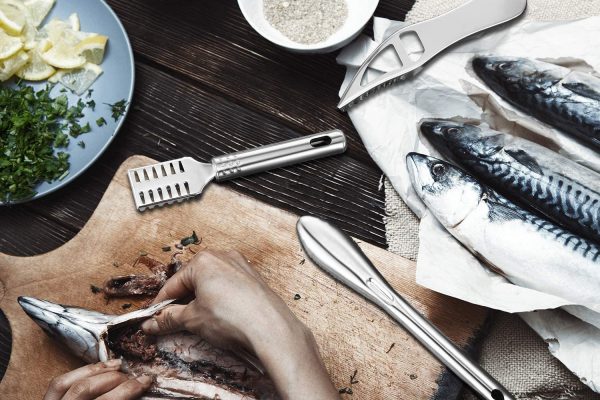

0 thoughts on “How To Store Meal Prep Food”